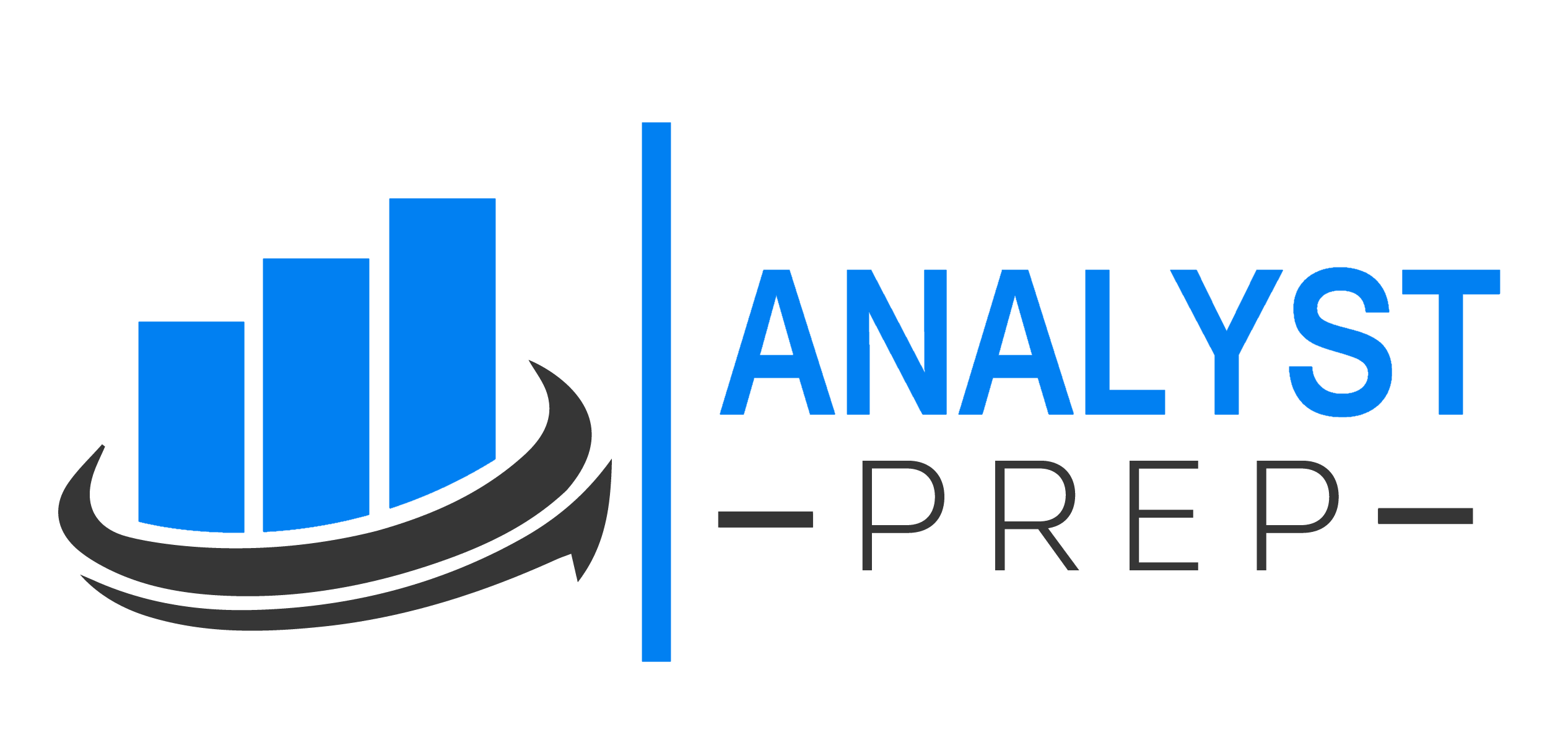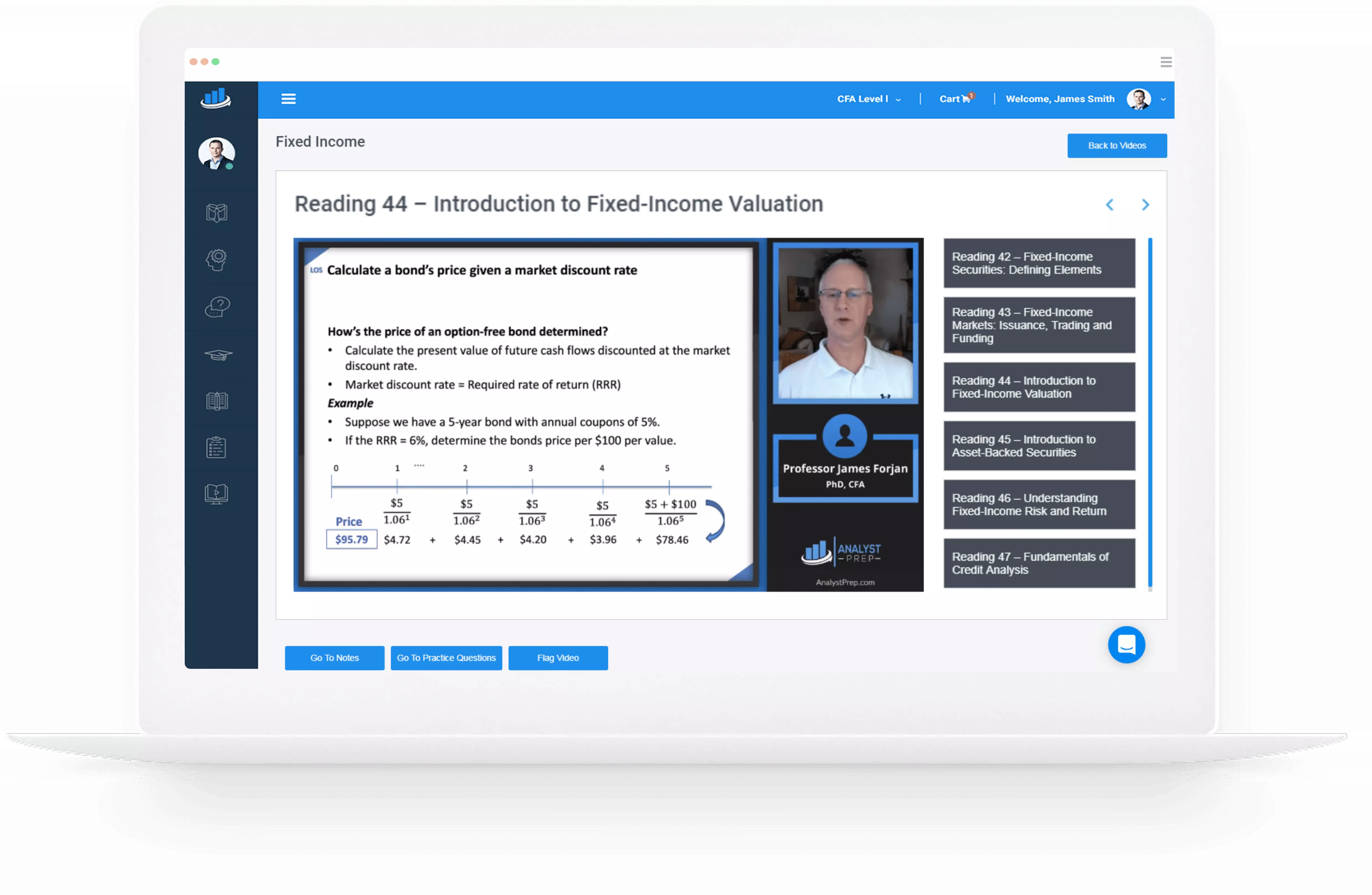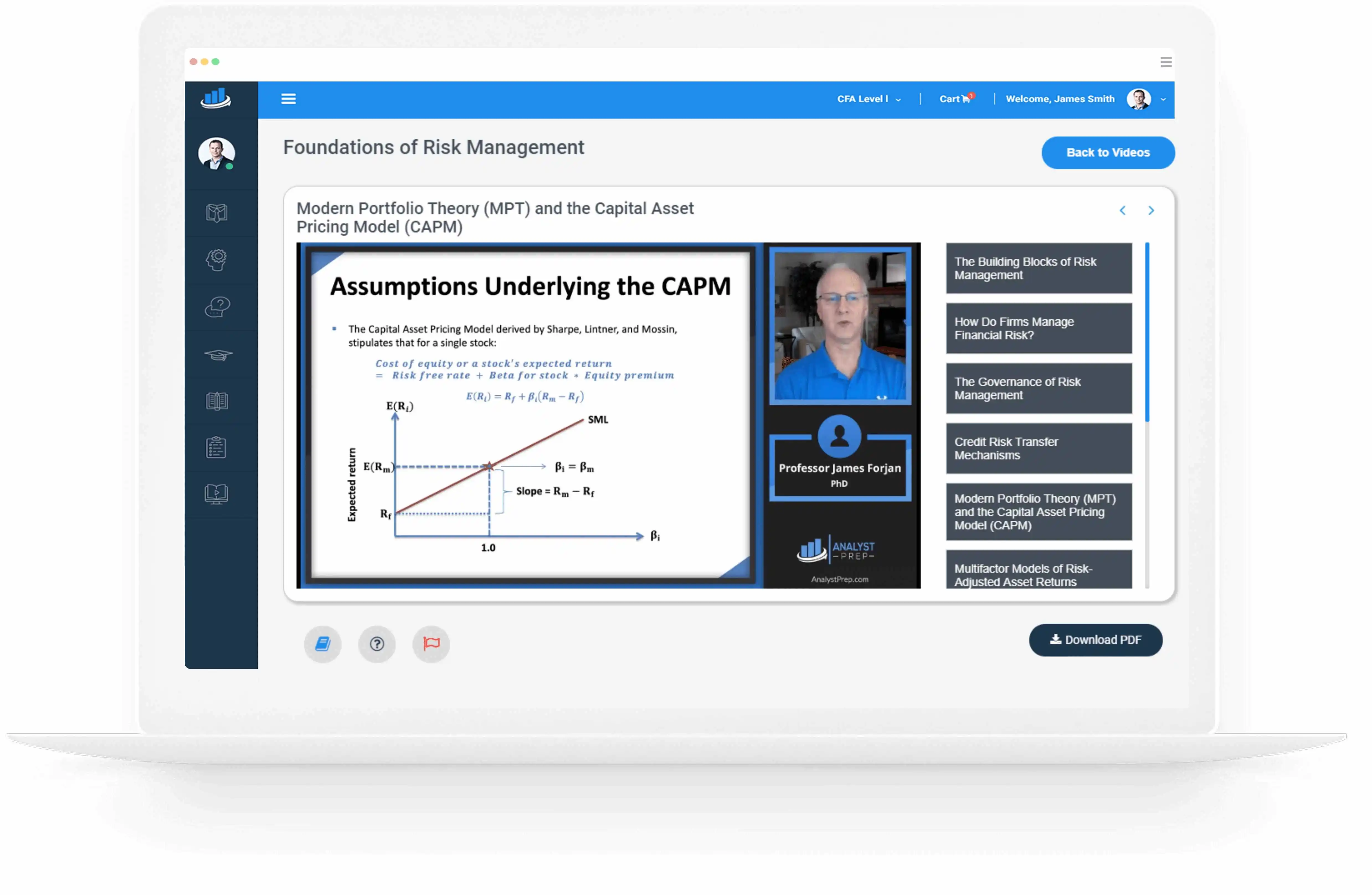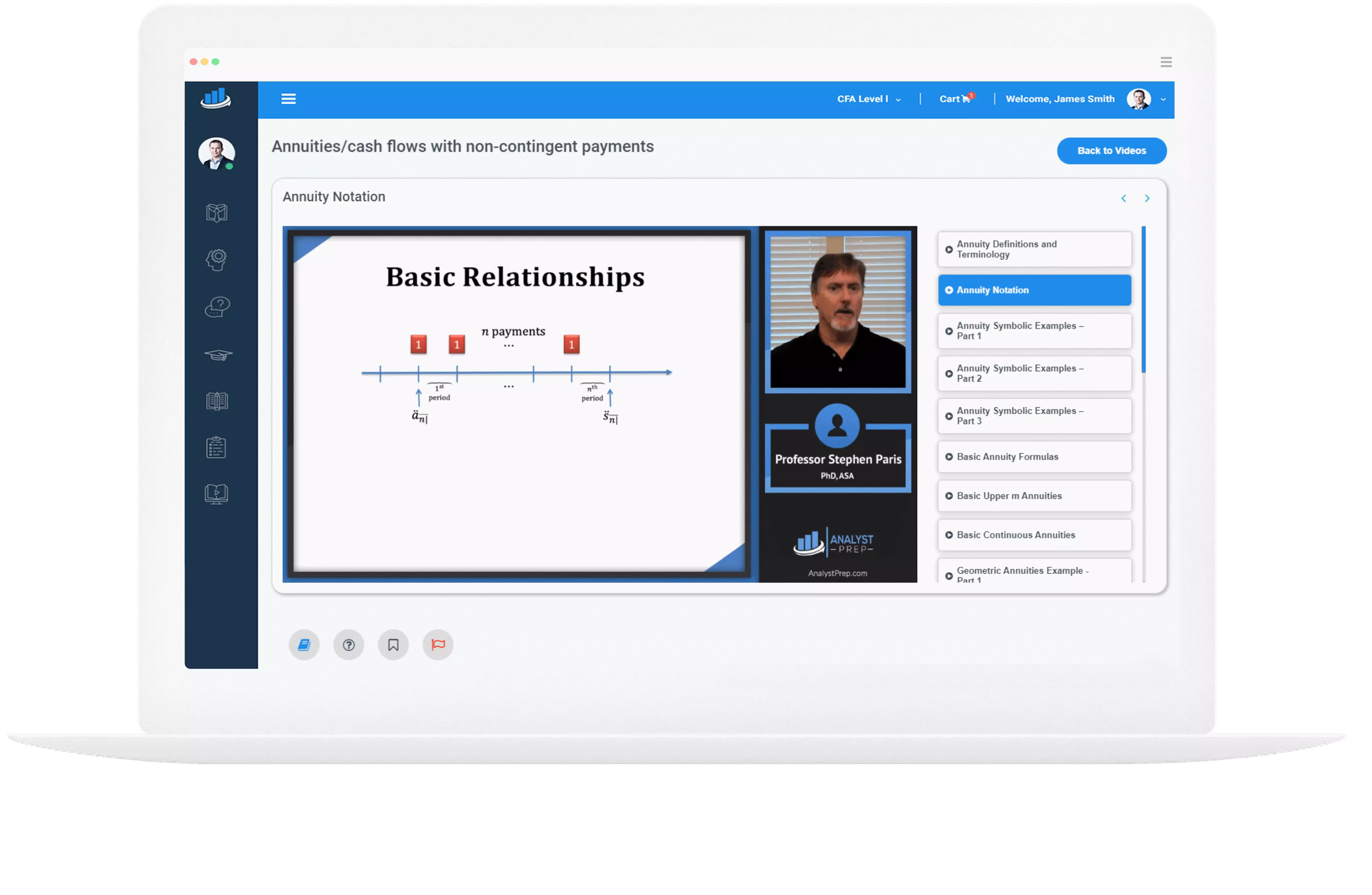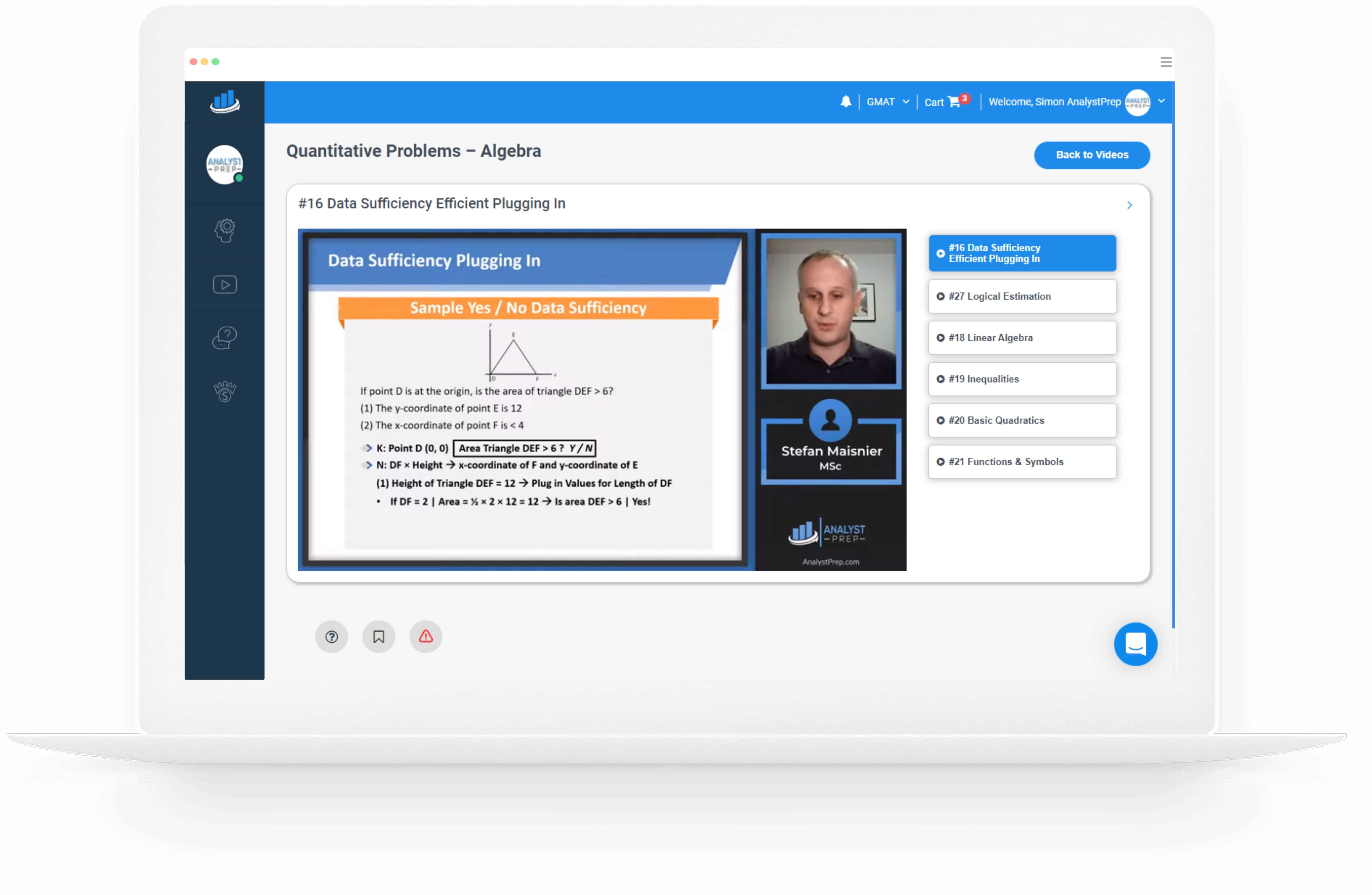Different Approaches to Gaining Passive Exposure in the Bond Market
Investors can access bond markets directly or indirectly. Bond markets are often less liquid than stock markets, so indirect methods are commonly used to earn fixed-income returns without incurring the higher costs and commissions associated with direct bond trading. Pooled…
Bond Indexes
Pure Index/ Full Replication Approach Pure indexing is the strictest form of indexing, requiring the exact same securities in the portfolio as in the index, with the same weights. This can be costly due to numerous transactions and associated fees….
Dangers Associated with Liability-Driven Investment
Hedge amounts do not consider convexity. They are just approximations based on duration. Duration is only accurate for parallel shifts in the yield curve. Structural risk occurs when twists in the yield curve happen, and a zero-coupon bond may not…
Laddered Bond Portfolio
When deciding on the best structure for a fixed-income portfolio, managers rely on essential metrics like duration and convexity. While various portfolio setups have similar interest rate exposure, their convexities differ. Convexity, combined with the manager’s interest rate outlook,…
Effectively Mitigating Interest Rate Risk Across Multiple Liabilities
Cash Flow Matching Cash flow matching is a safe and straightforward strategy. It entails purchasing a zero-coupon bond with an amount equal to each liability's due date. Alternatively, coupon-bearing bonds can be used for cash flow matching. The principle or…
Single Liability Management Strategies
Immunization This strategy aims to reduce portfolio return volatility, enhancing the predictability of future portfolio values. For large portfolios, it can help immunize specific liabilities. Cash Flow Matching The simplest approach involves purchasing a zero-coupon bond with the same face…
Liability-Driven Investing
Liability-Driven Investing (LDI) is primarily an institutional investor strategy suitable for entities with known future financial obligations. Insurance companies and defined benefit (DB) pension plans are common examples. Common Terminology Asset-Liability Management (ALM) – A strategy that considers how assets…
Liability- Based Strategies
Consider a portfolio manager at a defined benefit pension plan with a PBO (Projected Benefit Obligation) of $2.57 billion. The effective duration of this obligation is calculated to be 9.35, resulting in a BPV (Basis Point Value) of liabilities as…
Fixed-income Portfolios for Taxable and Tax-exempt Investors
Taxable and Tax-exempt Investors Taxable and tax-exempt investors share a common goal of maximizing risk-adjusted returns. The CFA exam is designed with a global perspective and does not require candidates to possess specific country knowledge. Nevertheless, noting several similarities in…
Leverage in Fixed-income Portfolios
Leverage in investment involves borrowing funds to be invested, which can amplify the results obtained in a portfolio. When the excess return from borrowed funds exceeds the cost of borrowing, leverage can enhance portfolio performance. However, in the case of…
